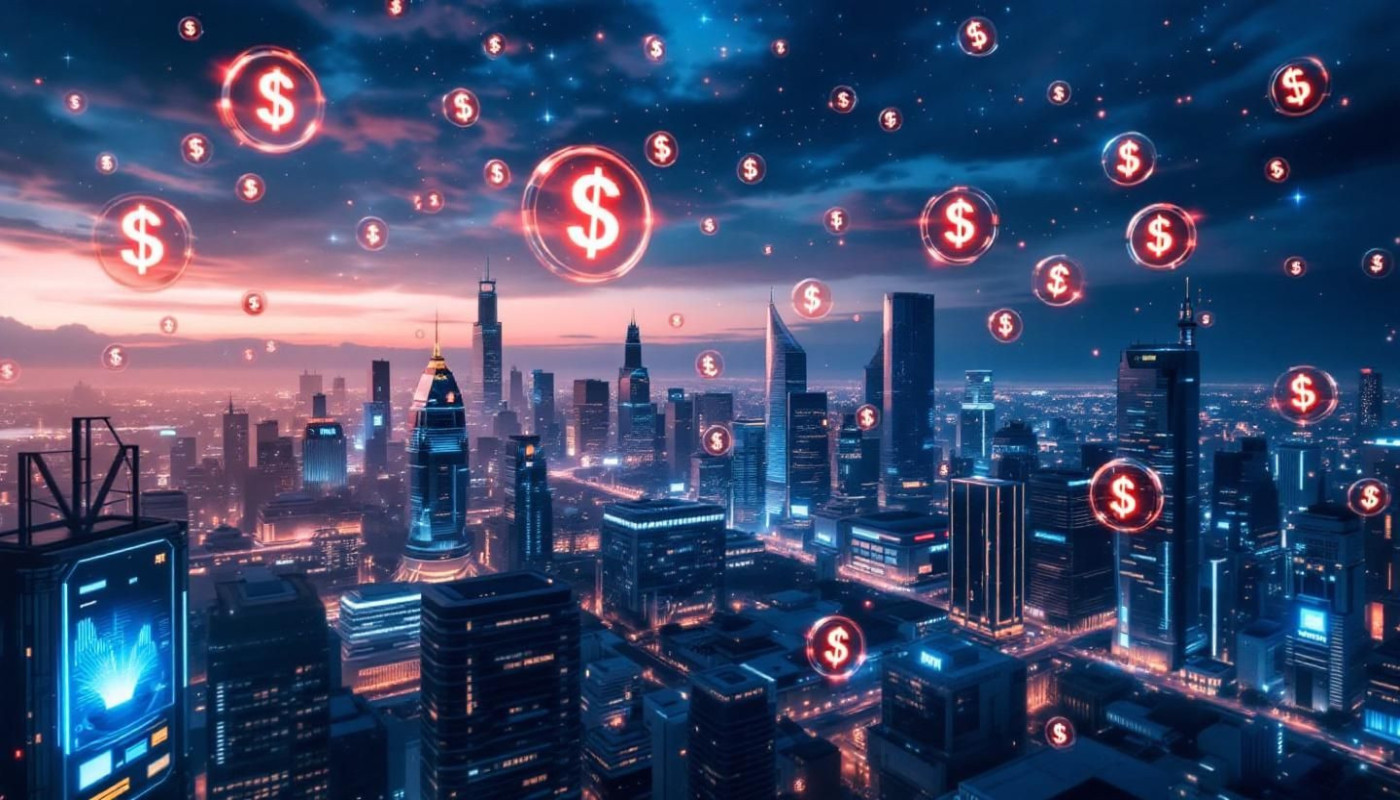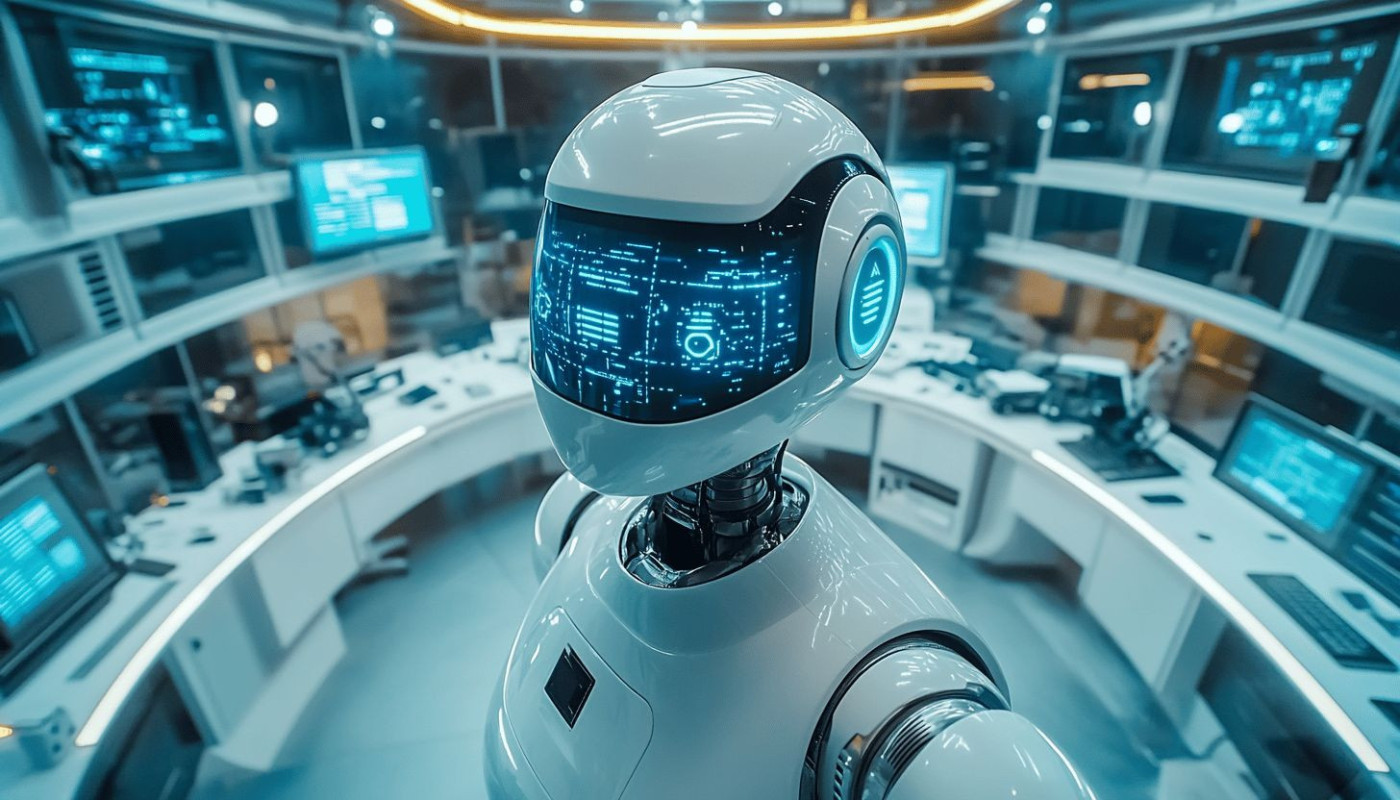Table of contents
Step into a world where creativity meets innovation through the fascinating realm of custom AI art. Explore how artificial intelligence is revolutionizing the way visuals are imagined, designed, and experienced, unlocking opportunities previously thought impossible. Discover what makes AI-generated artwork so intriguing and why the potential for original expression is virtually unlimited—read on to uncover the wonders awaiting within this rapidly evolving landscape.
Transforming imagination into visuals
AI art generators are revolutionizing creative technology by empowering individuals and businesses to transform imagination into custom visuals through advanced neural network algorithms. No longer limited by traditional artistic skills, users can describe concepts, emotions, or narratives, and instantly receive digital artwork tailored to their vision. This new approach to image generation unlocks unparalleled freedom and accessibility for content creators, marketing teams, educators, and storytellers, who can now rapidly prototype and refine ideas visually. AI art tools provide a versatile sandbox where abstract thoughts, brand identities, or fantastical worlds become vivid realities, fostering innovation across industries. With the integration of neural networks, the quality and diversity of generated imagery continue to advance, making unique, meaningful, and impactful visuals more accessible than ever before.
Personalizing art on demand
AI-driven customization has transformed the landscape of personalized art, leveraging algorithmic personalization to create unique artwork tailored to individual preferences, themes, or branding requirements. This technology enables clients to specify style, color palette, subject matter, and even emotional tone, ensuring each piece serves as a bespoke design that authentically represents a visual identity. AI customization platforms are seamlessly integrating into sectors such as marketing, where personalized art enhances promotional materials and strengthens brand recognition. Simultaneously, the capability to produce one-of-a-kind pieces on demand has revolutionized home décor, allowing consumers to curate spaces with art that reflects their distinct personalities. This democratization of bespoke design not only scales effortlessly but also ensures that unique artwork is accessible to a broader audience, cementing the role of AI in redefining creative industries through personalization.
Redefining artistic collaboration
Collaborative art is entering a transformative phase as artists and designers engage in creative partnership with advanced AI tools. By leveraging machine learning and powerful generative models, artists are discovering new ways to experiment with styles, reinterpret existing concepts, and challenge conventional norms. This dynamic interplay between human intuition and machine precision enables artist collaboration to flourish, fostering a unique dialog where each participant brings distinct strengths. Generative models offer the capability to analyze vast datasets and synthesize innovative aesthetics, empowering artists to enhance creativity and access a broader range of visual possibilities. As a result, AI tools are not simply assistants but become genuine collaborators in the artistic process, allowing for the emergence of artworks that would be unimaginable through traditional methods alone. This evolving landscape signals an exciting era for the future of art, where the boundaries between human and machine-made creativity continue to dissolve, giving rise to unprecedented forms of expression.
Democratizing creativity worldwide
AI-powered art generators are revolutionizing the creative landscape by democratizing art and providing individuals from all walks of life with access to advanced creative tools. Through inclusive technology, people who may have lacked formal artistic training or resources can now experiment and innovate with visual design, fostering global creativity and expanding the spectrum of visual innovation. As computational creativity becomes increasingly accessible, new voices and underrepresented perspectives are empowered to participate in the art world, challenging traditional gatekeepers and promoting accessible design standards. These digital platforms transcend geographical and socioeconomic boundaries, allowing artists and enthusiasts worldwide to contribute to and reshape global creative conversations. For those interested in exploring the potential of these technologies, look at this, which showcases innovative approaches in the field and further illustrates the worldwide impact of accessible AI art tools.
Pushing boundaries of visual innovation
Recent AI breakthroughs have radically transformed the perception of innovative art, enabling artificial intelligence to create works that defy traditional definitions of creativity, originality, and digital aesthetics. The future of creativity is being shaped by sophisticated algorithms and neural networks capable of analyzing immense datasets, identifying hidden patterns, and producing visually stunning pieces that were previously unimaginable. This boundary-pushing design is not limited to abstract visuals but extends to photorealism, generative portraits, and immersive digital experiences that respond to user interaction. As artificial intelligence continues to evolve, the limits of what can be achieved in visual media are continually redefined, inspiring both artists and technologists to collaborate in producing works that challenge, provoke, and engage. Embracing this fusion of human ingenuity and machine learning, the landscape of art is rapidly expanding, setting new standards for what is possible in the digital era.
Similar









